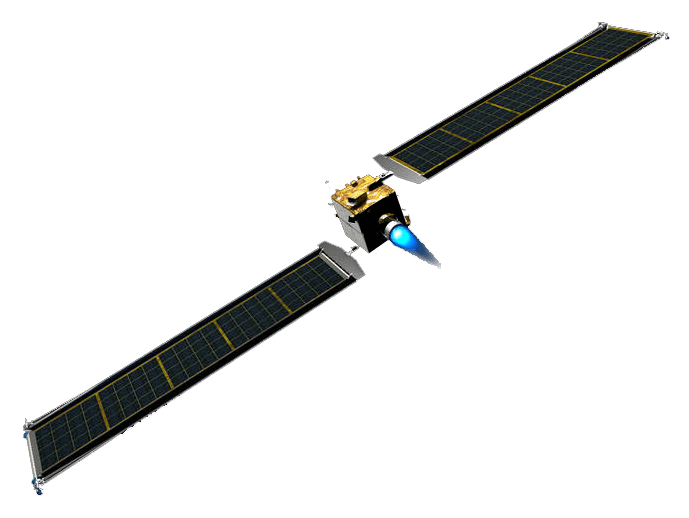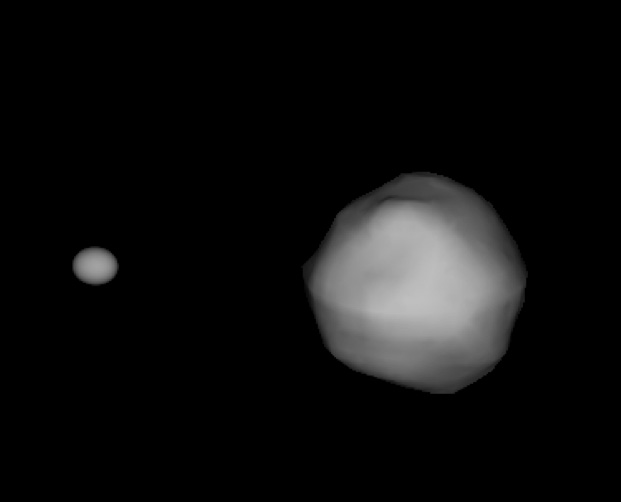DART
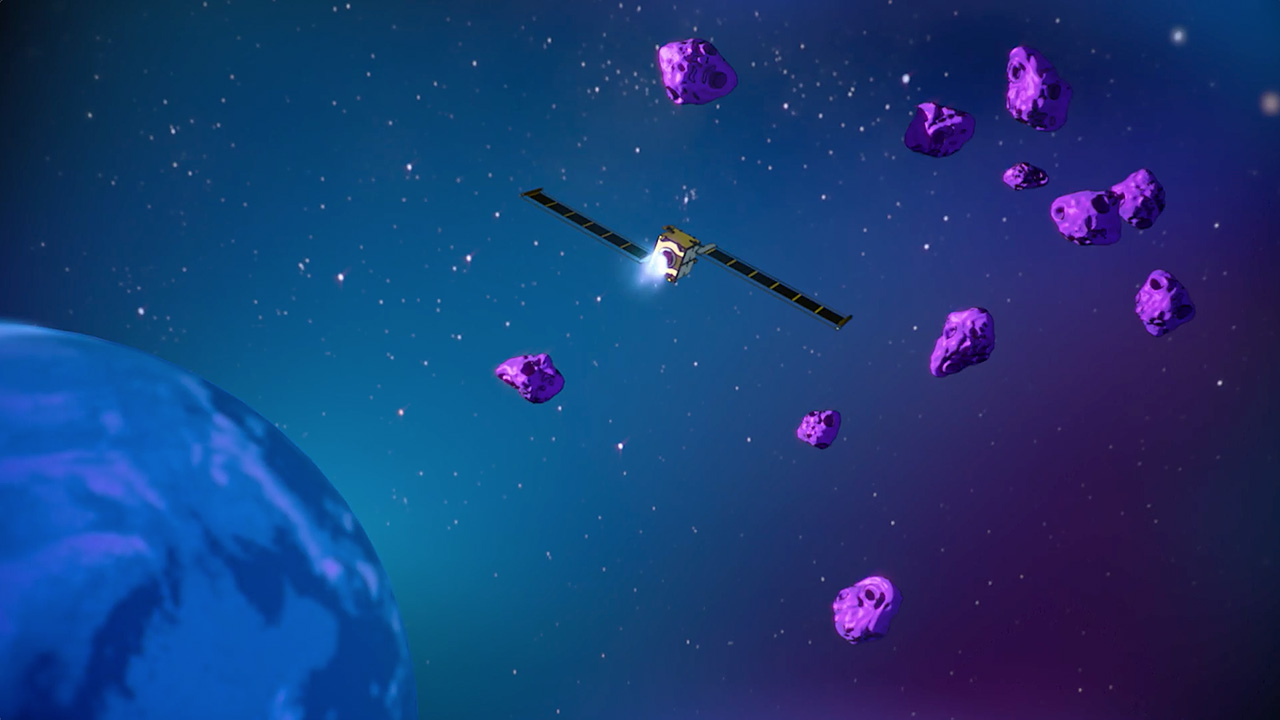

Commemorate NASA’s first planetary defense mission by testing your navigation and power-up skills in our Planetary Defenders game!
Until recently, the idea of catastrophic asteroids colliding with Earth has been more in tune with the plots of blockbuster disaster movies than with serious science. However, as humanity peers deeper into the universe, these threats are becoming more of a reality, and planetary defense is taking center stage.
Through Earth observation and survey missions, we have become more aware of threats from near-Earth objects (NEO): asteroids and comets that orbit the Sun like the planets, but with orbits that can bring them within 30 million miles of Earth’s orbit. Although no known asteroid larger than 140 meters in size has a significant chance to hit Earth for the next 100 years, only about 40 percent of those asteroids have been found to date.
The number of small asteroids we know of continues to increase at an accelerating rate. It is not that the threat from asteroids is increasing. Rather, humanity is becoming increasingly aware of the existing threat posed by asteroids.”
Adams et al., The Future of Planetary Defense Starts with DART. Johns Hopkins APL Technical Digest. Vol. 35, No. 4 (2021)

Luckily, leaders are taking action. In 1998, Congress directed NASA to find 90 percent of the NEOs 1 kilometer or more in diameter within 10 years and in 2005, Congress directed NASA to find 90 percent of NEOs 140 meters or more in diameter within 15 years. Both the Obama and Trump administrations issued NEO preparedness strategies and action plans and Congress has increased funding for NEO observations and surveillance.
NASA is addressing the NEO impact hazard, in part, through planetary defense, “applied planetary science” that involves all the capabilities needed to detect the possibility and warn of potential asteroid or comet impacts with Earth, and then either prevent them or mitigate their possible effects. In 2016, NASA established the Planetary Defense Coordination Office (PDCO) to lead these efforts. With a clear mission and enthusiastic backing from governments and agencies, the PDCO is embarking on its first groundbreaking mission for planetary defense.
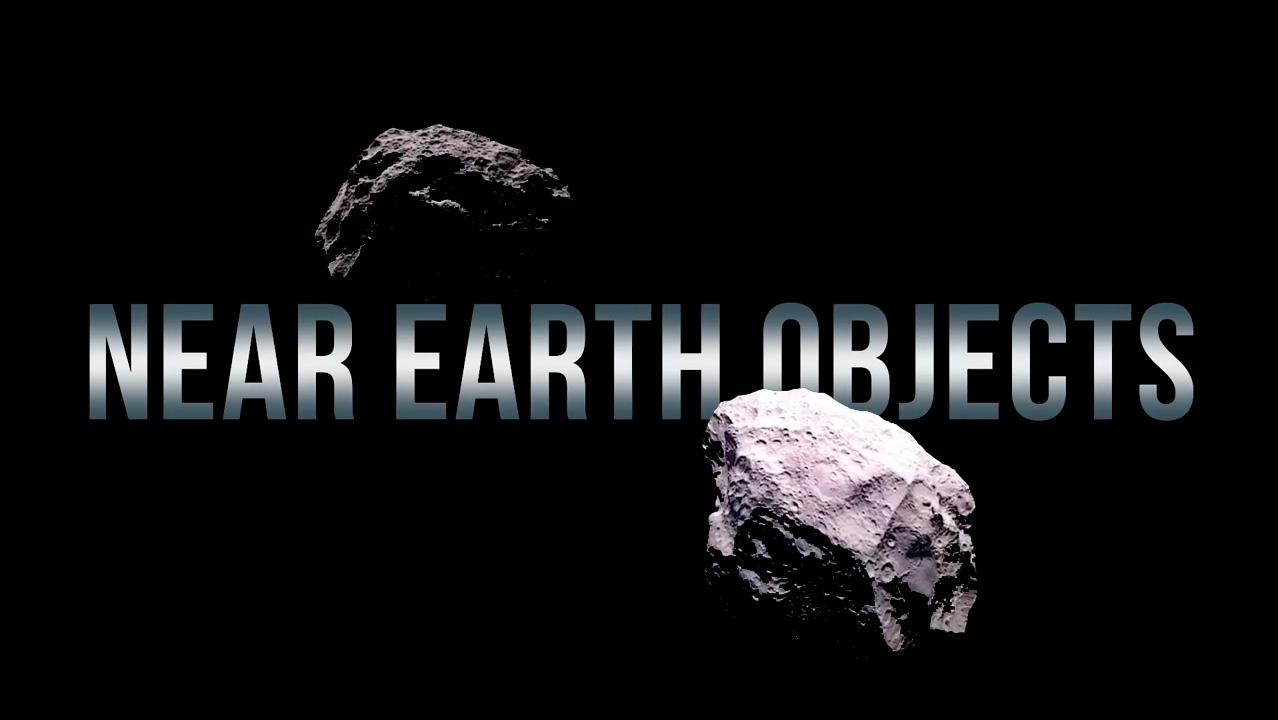
DART
DART launched from Vandenberg Space Force Base in California on November 24, 2021, at 1:21 a.m. EST. After journeying for millions of miles, the spacecraft will do something no other spacecraft has done before: it will crash itself into an asteroid in an effort to change its trajectory. This is the kinetic impactor method of deflecting an asteroid, and it involves sending a spacecraft into the path of an approaching NEO to deflect the asteroid into a different trajectory, steering it away from the Earth.
The DART mission is also testing critical, enabling technologies for future missions, including NASA’s Evolutionary Xenon Thruster-Commercial (NEXT-C) Ion Propulsion Engine, the SMART Nav system, and the Didymos Reconnaissance and Asteroid Camera for OpNav (DRACO).
Directed by NASA to the Johns Hopkins Applied Physics Laboratory (APL) with support from several NASA centers, DART will profoundly advance our ability to protect Earth from potentially catastrophic impacts and deepen our understanding of the solar system.
Redwire is proud to be a part of the DART mission by providing advanced sensors and components for this first-of-its-kind spacecraft, and for its work on previous missions to explore asteroids and other NEOs, which have laid the groundwork for the critical planetary defense work happening today.
A Complex Mission
DART’s target is a binary asteroid system made up of the asteroid Didymos and its small moonlet, Dimoprhos.
DART will achieve the kinetic impact deflection by crashing itself into Dimorphos at a speed of approximately four miles per second using DRACO and the SMART Nav autonomous navigation system. The goal of the mission is to determine how much the impact alters the moonlet’s velocity in space by measuring the change in its orbit around Didymos.
The collision will change the speed of Dimorphos in its orbit by a fraction of one percent, changing the orbital period of the moonlet by several minutes. This is enough to be observed and measured using telescopes on Earth. The DART spacecraft will be accompanied by a small satellite, the Light Italian CubeSat for Imaging Asteroids (LICIACube), which will document the effects of the impact.
While Dimorphos is not a threat to Earth, it is an ideal target for the mission. Its size is similar to that size of an asteroid that might be a threat to Earth. Its proximity to Earth in 2022 also makes it possible for the effects of the collision to be observed from telescopes on Earth.
Redwire Technology

Digital Sun Sensors + Electronics Processing for Navigation
Image Credit: NASA/APL

Roll-Out Solar Arrays (ROSA)
Digital Sun Sensors + Electronics Processing for Navigation

Credit: Johns Hopkins APL
Roll-Out Solar Array for Power
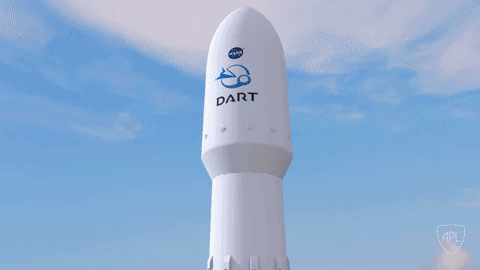
Credit: Johns Hopkins APL
DART is powered by Redwire’s patented Roll-Out Solar Array (ROSA), a high-performance, lightweight, compact solar array solution. The array will produce more than 6.5 Kw of power, providing 100% of the power for the spacecraft. The ROSA wings also feature Redwire’s Flexible Array Concentrator Technology (FACT) Solar Power Modules, which use high efficiency SolAero Inverted Metamorphic Module 4J Photovoltaic solar cells, as a Transformational Solar Array demonstration. DART marks the first time ROSA will operate in deep space. A modular version of ROSA was recently deployed on the International Space Station.
PAST MISSONS
While the DART mission is the first planetary defense test mission, our knowledge and understanding of asteroids and other NEOs is built on the discoveries made on previous missions. These missions provided important science, critical information, and proof-of-concept needed for today’s planetary defense work.
As a trusted supplier of advanced sensors and components for nearly every NASA planetary science mission, Redwire technology has enabled many of these earlier missions to study asteroids and other NEOs.
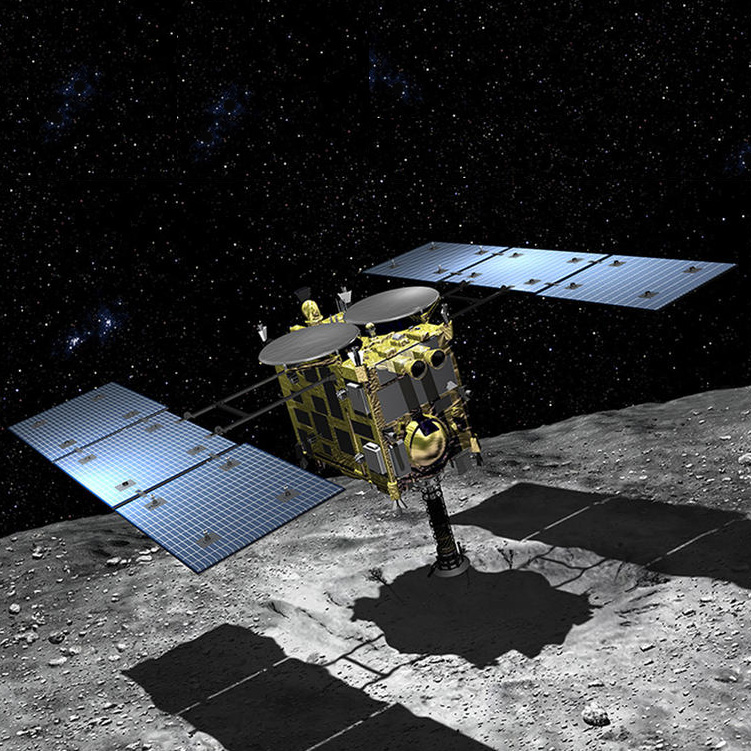
HAYABUSA2
Hayabusa2 is a Japanese mission launched in December 2014 on a six-year mission to study asteroid Ryugu, and to collect samples to bring to Earth for analysis. The spacecraft arrived at the asteroid in June 2018 and deployed two rovers and a small lander onto the surface. Hayabusa2 delivered the asteroid sample to Earth on Dec. 6, 2020 and is now on an extended mission to the asteroid 1998 KY26.
Redwire contributed five Course Analog Sun Sensors (CASS) to the mission.
Image Credit: JAXA
OSIRIS-REX
The OSIRIS-REx spacecraft traveled to a near-Earth asteroid, called Bennu and is bringing back a 2.1-ounce sample back to Earth for study. After orbiting Bennu for nearly two years, NASA’s OSIRIS-REx spacecraft successfully made sample collections from the asteroid using a robotic arm.
Redwire contributed the Coarse Sun Sensor, responsible for OSIRIS-REx’s solar-array pointing, sun acquisition and fail-safe recovery operations.
Image Credit: NASA
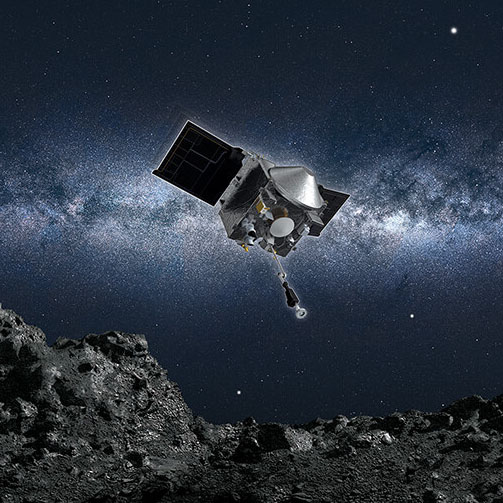
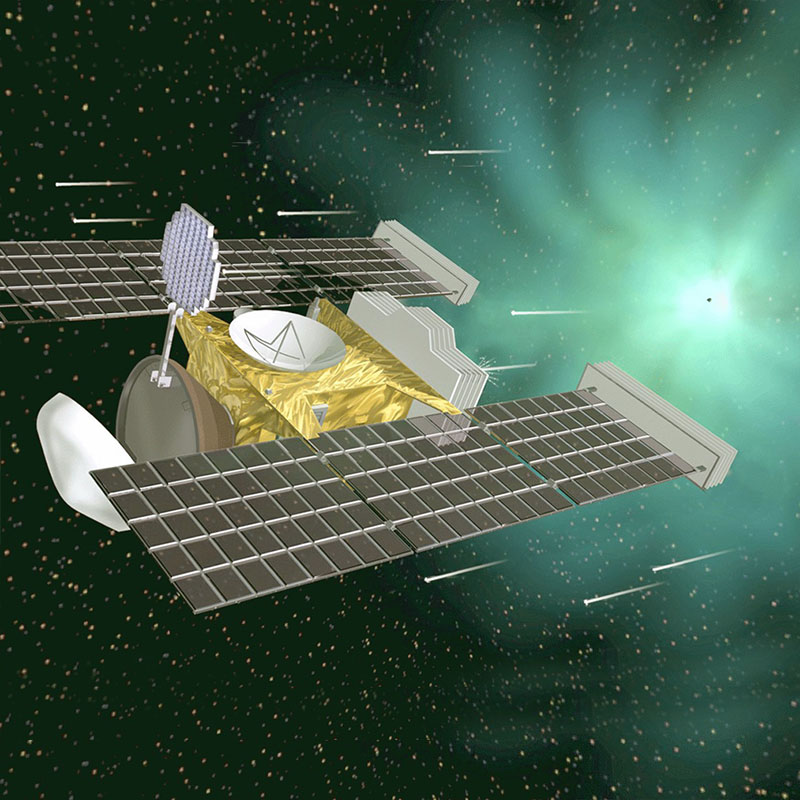
STARDUST
Stardust was the first spacecraft to bring samples from a comet to Earth.
The primary objective of the Discovery-class Stardust mission was to fly by the comet P/Wild 2 and collect samples of dust and volatiles from the coma of the comet. It then returned these samples to Earth for detailed study in 2006.
Redwire contributed a CSS Pyramid—a 2-axis sensor containing four detectors, used for solar array pointing, sun acquisition and fail-safe recovery.
Image Credit: NASA/JPL
LUCY
NASA’s Lucy mission is the first spacecraft to study Jupiter’s Trojan asteroids. Lucy will visit eight different asteroids over 12 years following a complex path, making it the first mission launched to as many different destinations in independent orbits around our Sun. Giving us a first-time view of the primordial bodies that built the planets, Lucy will expand our understanding of the formation of the solar system.
Redwire supplied two CSS Pyramids used for solar array pointing, sun acquisition and fail-safe recovery.
Image Credit: NASA’s Goddard Space Flight Center/Conceptual Image Lab/Adriana Gutierrez
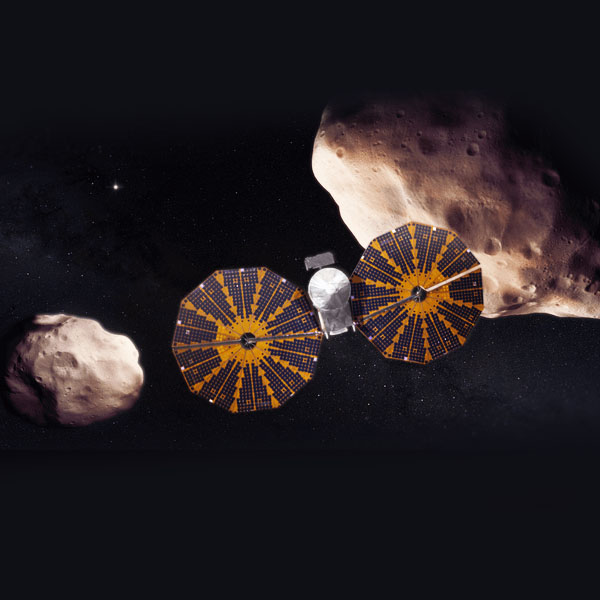
FUTURE MISSONS
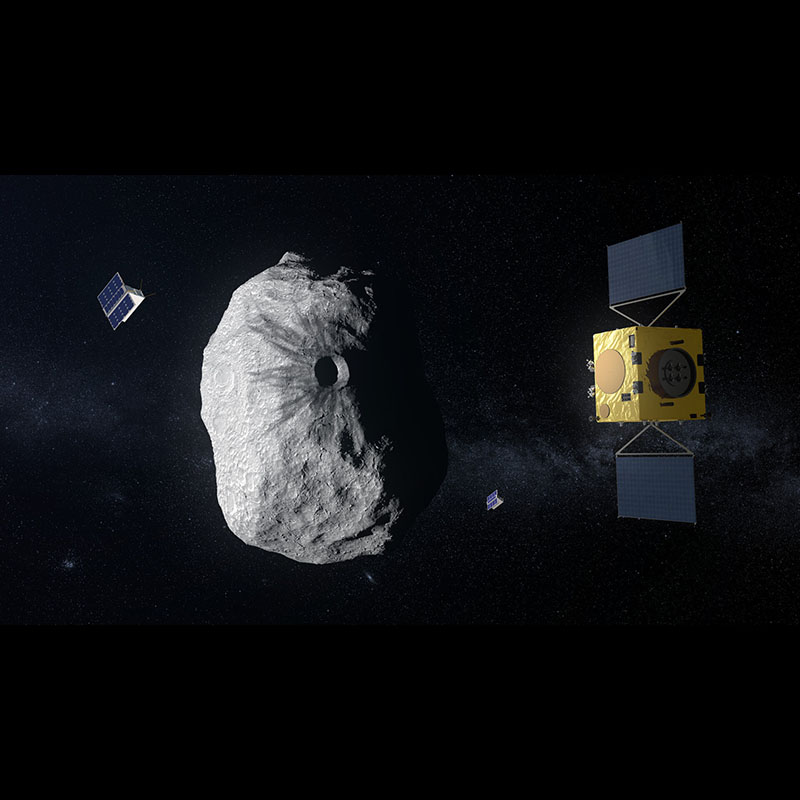
HERA
Soon after DART, post-impact investigations of Dimorphos will be performed by ESA’s HERA mission, also part of AIDA. HERA, launching in 2023, will rendezvous with the target to monitor the deflection, perform detailed characterizations, and measure the aftermath of DART.
Image Credit: NASA
NEO SURVEYOR
The Near-Earth Object Surveyor Space Telescope (NEO Surveyor), scheduled to launch in 2026, is an infrared space telescope that will support efforts to discover and characterize asteroids and comets that come within 30 million miles of Earth’s orbit. Using sensors that operate in the infrared part of the electromagnetic spectrum, NEO Surveyor will enable scientists to discover NEOs more quickly, including ones that cannot currently be found using ground-based optical observatories.
Image Credit: NASA/JPL
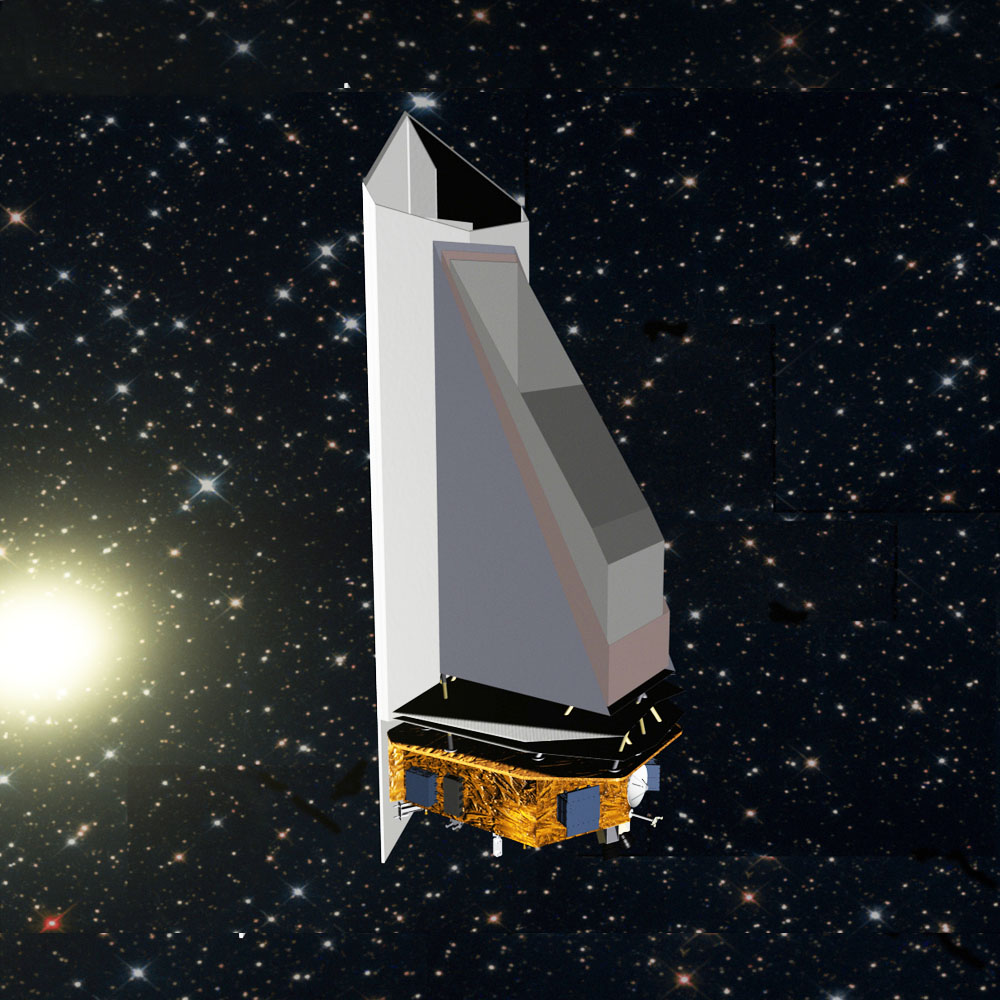
BEYOND PLANETARY DEFENSE
While the DART mission is a pivotal step for advancing planetary defense science and protecting Earth, it embodies much more. With DART, humanity continues to make the unknown known and expand our understanding of Earth’s place in the solar system.
As the DART spacecraft approaches Didymos, it takes with it technology that represents the best of humanity’s ingenuity, curiosity and never-ending spirit of discovery.
